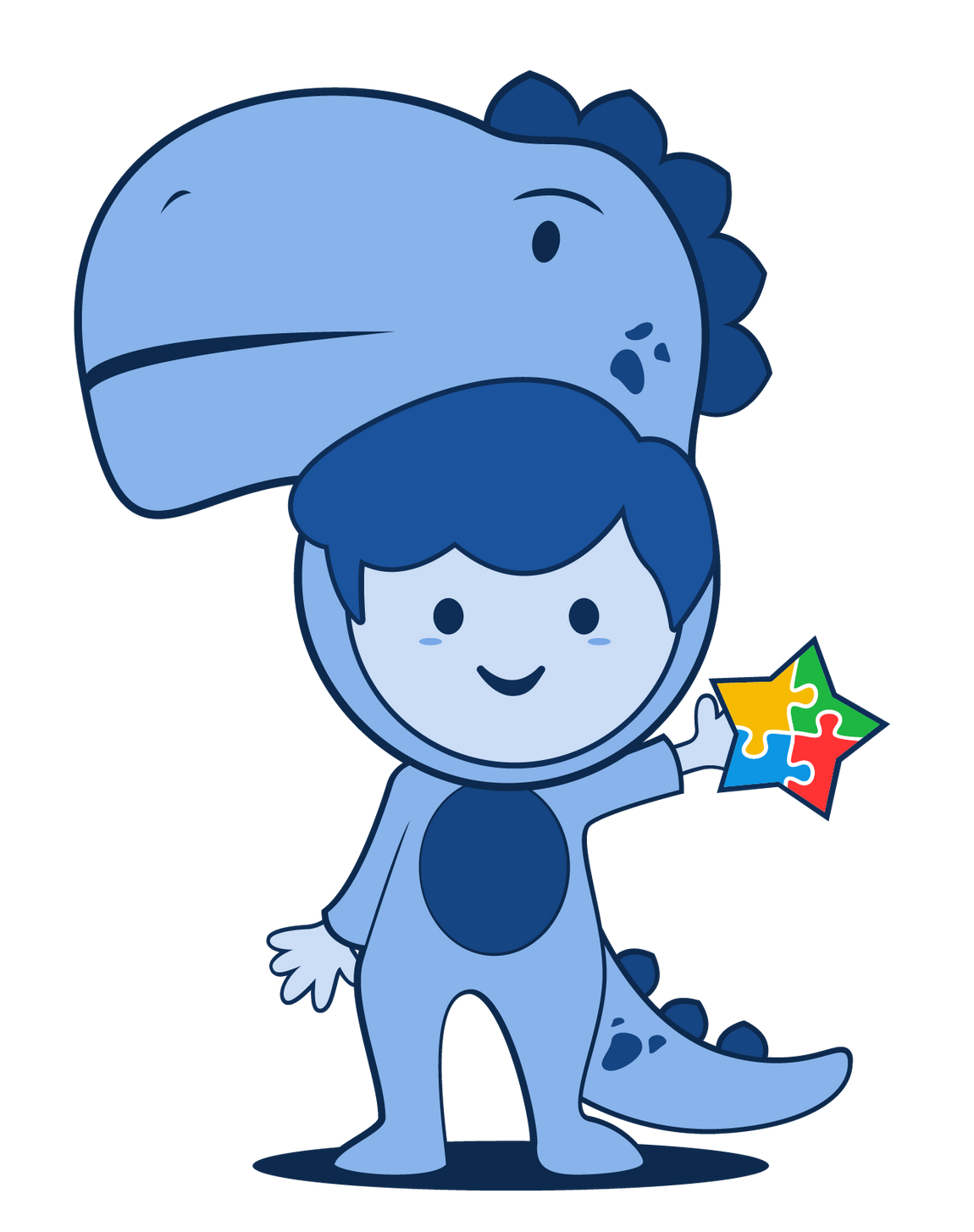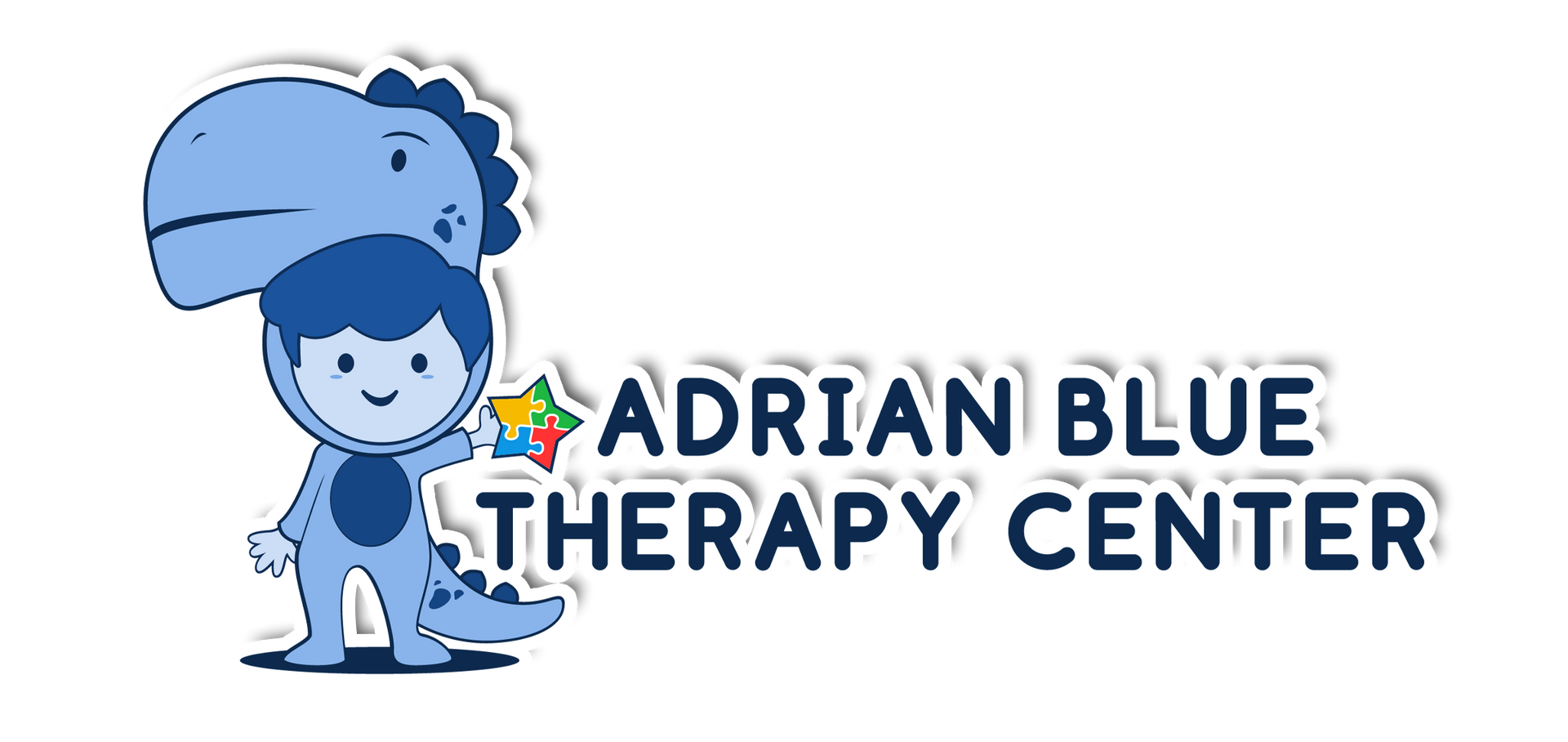Podemos apoyarte en el camino team ABTC
Early intervention in children with ASD.

The number of children with ASD continues to grow and the number of effective interventions is also increasing. The earlier the diagnosis and treatment the better. Early intervention can have a long-term positive impact on a child with ASD.
Why early intervention is crucial for children with autism spectrum disorder
Research has shown that early intervention for autism can have positive effects on long-term skills and symptoms. Additionally, in some cases, children may be diagnosed with ASD before the age of two.
Early diagnosis is key. Intervention at or before preschool can help achieve the best possible long-term outcome and allow children to develop their full potential.
At 2 or 3 years of age, treatments may be more effective
When children are diagnosed with ASD early on and intervention can begin before age 3, treatments may be more effective.
A child's brain is still in the development phase and has greater plasticity at this age. In other words, the brain is more changeable.
In some cases, early developmental and behavioral intervention can help children progress to the point where they are no longer considered on the autism spectrum at older ages. These children typically have better motor and language skills, as well as a higher IQ than the average child with autism.
Early intervention programs aim to help children with ASD develop the skills they would normally learn at age two, such as:
· Communication skills
· Social skills
· Emotional skills
· Physical skills
· Thinking skills
Finding the right program is essential. The CDC recommends programs that offer:
· Early entry
· Full-day intensive services five days a week, 12 months of the year
· Small group instruction or sufficient individualized attention.
How ABA therapy can help children with ASD
Applied behavior analysis, or ABA, is a form of early intervention treatment that has been widely adopted by treatment clinics and schools. The effectiveness of ABA is backed by decades of research.
The ABA approach discourages negative behavior and encourages positive behaviors to improve the child's skills. Progress is also tracked and measured.
There are several forms of ABA, including but not limited to:
Early Intensive Behavioral Intervention, or EIBI
EIBI is designed for children under five years old, ideally under three years old. Instructors can use several techniques in an EIBI program.
The goal is to help children connect definitions with verbal and non-verbal cues, helping them better understand the world around them.
Discrete trial training, or DTT
DTT is a form of instruction that uses tests to teach children each step of a desired response or behavior.
DTT focuses primarily on the use of positive reinforcement to reward correct behaviors and responses. Breaking lessons into simple parts helps children succeed.
Pivotal response training, or PRT
The goal of PRT is to improve the child's motivation to communicate, learn, and monitor behavior.
Verbal Behavior Intervention or IBC
Just as the name suggests, VBI primarily focuses on teaching verbal skills.
ABA therapy has been shown to have positive long-term results for children with ASD. However, early intervention is really the key to success.

Contact Us
Phone: (786) 536 7251
(786) 505 8558
( 786) 246 5462
info@adrianbluetherapycenter.com
3220 SW 107th Ct, Miami, FL 33165, United States.
Links
Working hours
- Mon - Fri
- -
- Sat - Sun
- Closed
We offer (ABA,ST,OT,PT) services
We are based in South Florida, serving both
Miami-Dade and Broward counties.

All rights reserved | Adrian Blue Therapy Center




